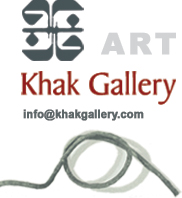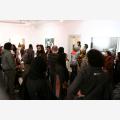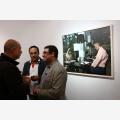
Visit Us
#1 Jila Alley, Basiri St. Gholhak
Shariati Ave. IRAN TEHRAN
TEL: (0098-21) 22 60 54 65
#1 Jila Alley, Basiri St. Gholhak
Shariati Ave. IRAN TEHRAN
TEL: (0098-21) 22 60 54 65
OFFICE
VILLA 21, 4B ST. , AL HUDAIBA 322 -
MARSAM MATTAR ART CENTER
Dubai - United Arab Emirates


